Celebrations Day 2023









Book Your Program Today
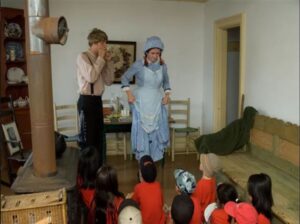
Plan a field trip to the museum for your school class or we'll come visit your classroom.
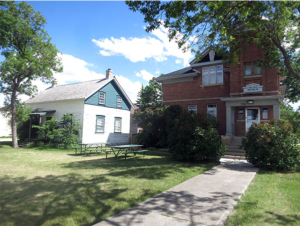
Daycares, community centres, senior residences, and outreach groups--we have something for everyone!
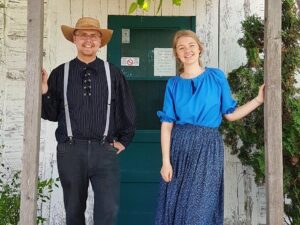
We can bring the museum to you with our off-site programming!
The Historical Museum of St. James-Assiniboia
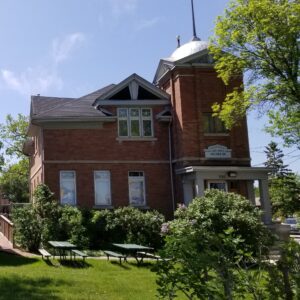
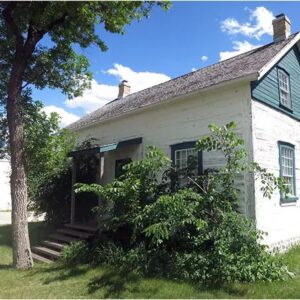

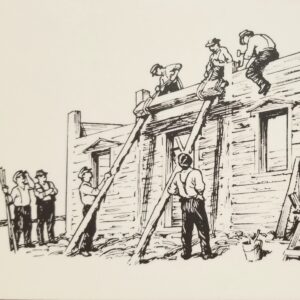
Recent Updates
We are all musicians! In this workshop produced by The Historical Museum of St. James-Assiniboia, Jason Eastwood leads us in a talk about the way music has not only made us who we are today, but also how each one of us can tap into that musical ability that we all have within us.

Beading Workshop will be held on June 25th at the Historical Museum of St. James-Assiniboia (3180 Portage Avenue). Space is limited. Registration in advance is required. Email sjamuseum@gmail.com to register. Beading Workshop is for adults and older youth only.
Teepee Craft is a kit that can be picked up from the Museum and completed at home. Crafts are $4 each and quantity is limited. Please email sjamuseum@gmail.com before coming in to reserve your kits for pickup. Pickup is available June 21-24 from 2:30pm to 4pm and June 25 from 10am to 4pm.



Take a peek at the collection of the Historical Museum of St. James-Assiniboia as our staff highlights artifacts from our collection.

Take a peek at the collection of the Historical Museum of St. James-Assiniboia as our staff highlights artifacts from our collection.
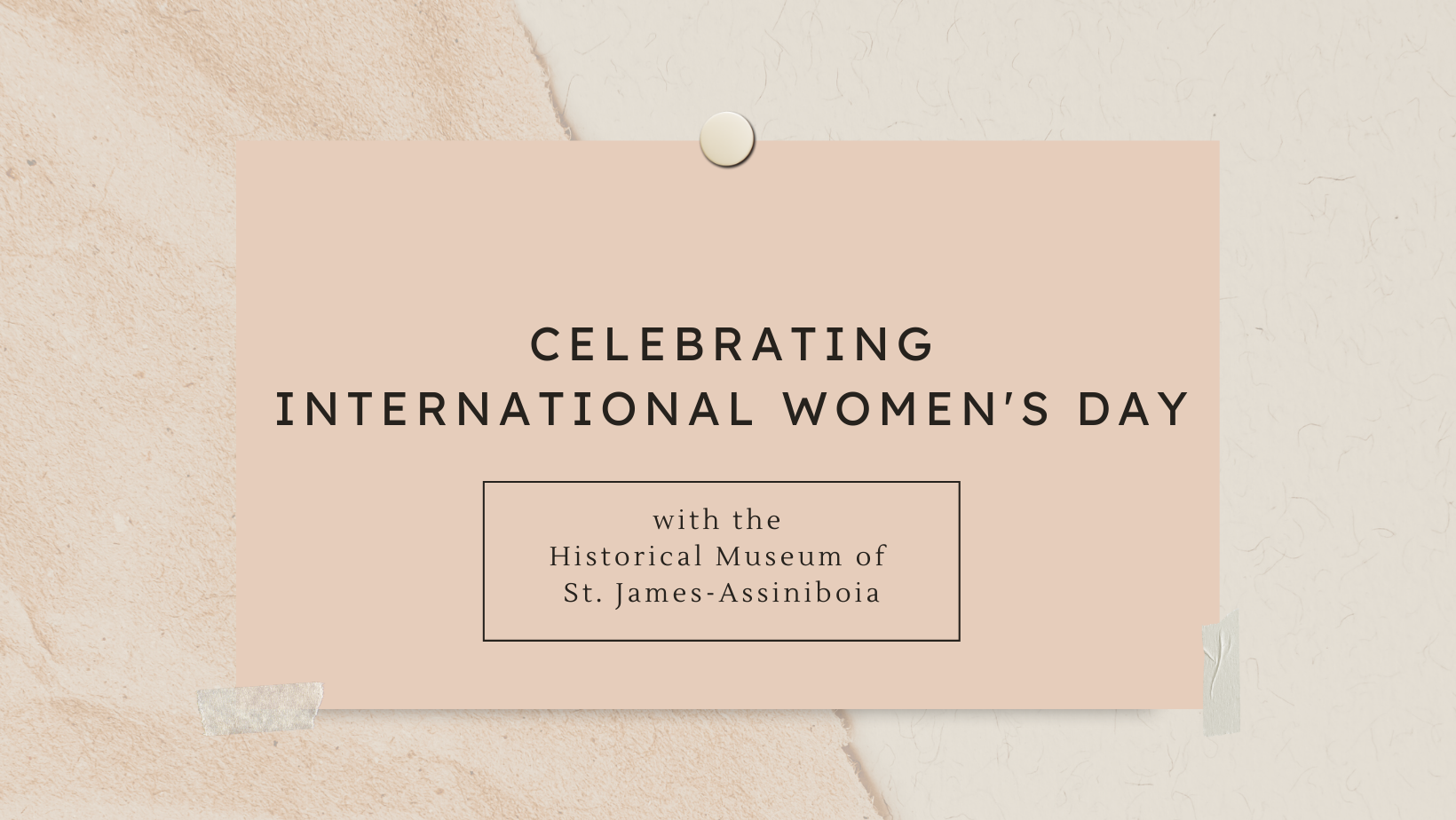
Today we celebrate International Women’s Day by sharing the stories of women throughout history from right here in Manitoba.
Celebrating Indigenous Women through Storytelling, Music, and Dance
Indigenous culture and history has been passed down through oral storytelling, music, and dance. Barbara Nepinak and her husband Clarence, Order of Manitoba recipients and Museum Cultural Facilitators, have shared their culture with us throughout the years. Today, we celebrate all the Indigenous women sharing their culture with the next generation. Please join Barbara and Clarence Nepinak as they share stories of Indigenous Women and Peoples with us through storytelling, music, and dance.
Charlotte Taylor
Charlotte Taylor, daughter of John Taylor and granddaughter of Métis woman Charlotte Omand and Scottish immigrant William Brown, is the star of the Museum’s award-winning historical theatre. Join Charlotte as she introduces herself and tells us a bit about her life in the 1890s.
Lady Strathcona
Join our Executive Director and Curator as she walks you through our latest exhibit featuring a prominent women from our history, Lady Strathcona.
Annie Godkin
Annie Godkin was the wife of Joseph Godkin, the first Reeve of St. James in 1921. Join us here to learn about the beginnings of St. James and then hear from Annie Godkin.
Kathleen Livingstone

An actress, activist, and radio broadcaster, Kathleen ‘Kay’ Livingstone was a woman of many talents. She was known as one of Canada’s leading Black actresses in her lifetime, and had a career as the radio show host of her show ‘The Kathleen Livingstone Show.’
But Livingstone is probably best known for her passion for social activism, especially concerning the welfare of Black women. She joined several organizations that worked to promote the pride and advancement of Black communities. She was the organizer and chair of the National Congress of Black Women in Canada, the first meeting taking place in 1973. The Congress provided a platform for Black women to share their concerns and facilitate causes they believed in. Because of its outstanding success, the Congress began to hold further conventions in different provinces.
It was at the Winnipeg convention in 1980 that the Congress of Black Women was established as a national forum and foundation, and the organization remains today as one of Livingstone’s lasting legacies.
Livingstone also worked for the Privy Council of Canada as a consultant in the later years of her life. Her work for activism did not halt though, and in 1975 Livingstone began organizing a conference on visible minorities–a term whose origin she is credited with –in Canada. She had been travelling the country in preparation for it beforehand. However, Livingstone died in the same year.
Carrie Best, who had met with Livingstone on her travels, formed the Kay Livingstone Visible Minority Women’s Society in her honour after her death.

Take a peek at the collection of the Historical Museum of St. James-Assiniboia as our staff highlights artifacts from our collection.
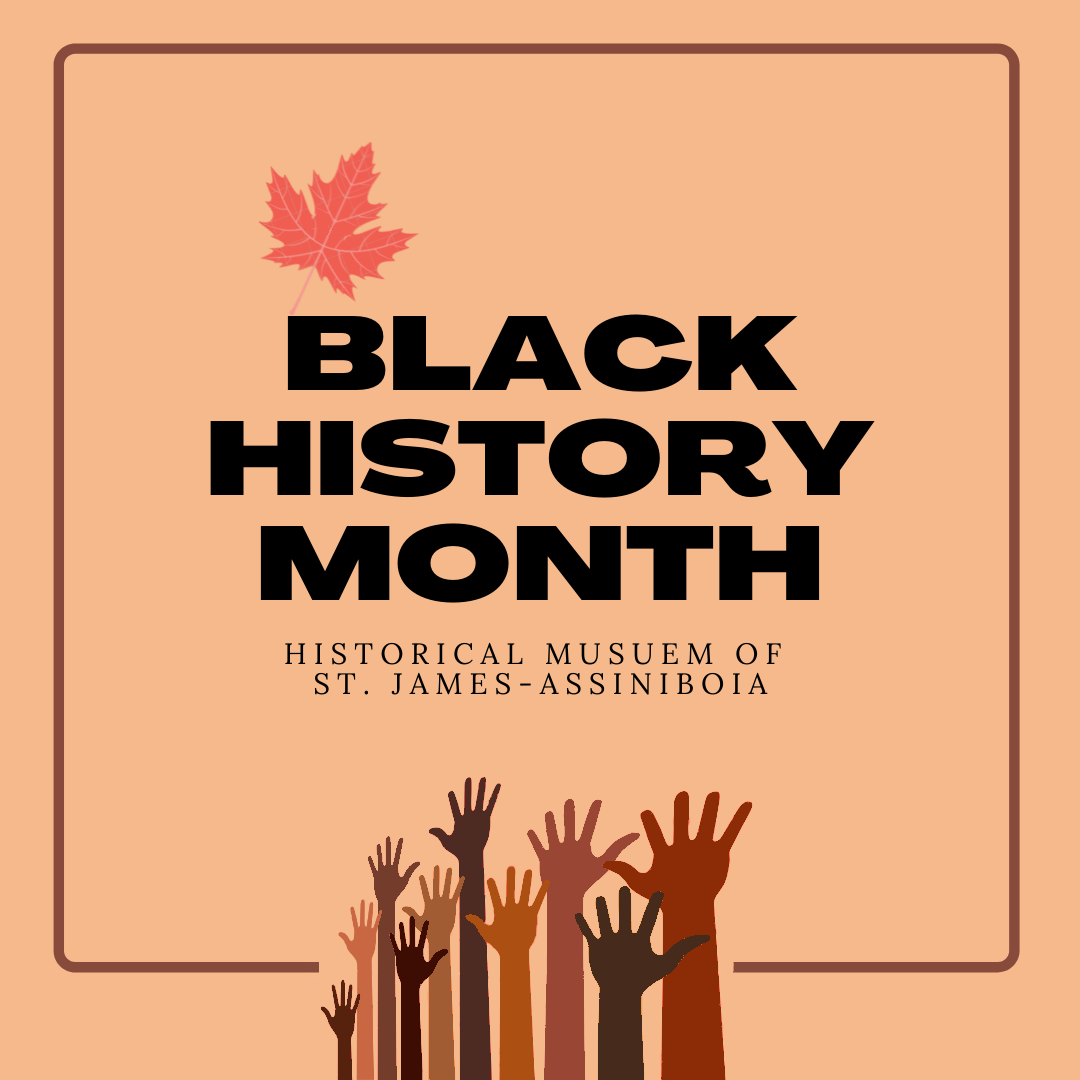
This February, join us in celebrating Black History Month by learning about prominent Black figures in Manitoba and across Canada.

Percy Haynes
One iconic member of the Winnipeg music scene for much of his life was star athlete and talented pianist Piercy Augustus “Percy” Haynes. He was–and is–best known for his famed and well-loved restaurant Haynes Chicken Shack, located on 257 Lulu Street. The restaurant was a hotspot for local musicians, and even attracted the attention of internationally acclaimed singers.
But before Haynes opened up the restaurant with his wife Zena, he had already made a name for himself as a rising young athlete. His name was featured in the newspapers for several championships he won playing basketball and practicing amateur boxing.
Haynes was also the first modern Black Canadian to be enlisted in the Royal Canadian Navy, He joined in the wake of WWII, an accomplishment achieved by campaining to military officials to remove the discriminatory law. It was after the war that Haynes opened up his restaurant, and it remained the source of much of his time and passion until his death in 1992.

William Beal
One of the first Black American settlers in Manitoba was a man named William Sylvester ‘Billy’ Beal. In the year 1906, Beal migrated to Manitoba in hopes of a job prospect and new opportunities, settling down in Swan River Valley with a homestead granted to him in the Big Woody district. Originally hailing from Chelsea, Massachusetts, Beal grew up in Minneapolis and received his secondary education from there. His experience as a steam engineer allowed his arrival in Swan River Valley to be immediately met with the prospect of working at a saw mill within the locality.
What is most remarkable about Beal is the vast array of contributions he made to his community within the short time of his migration. He shared his love of reading by building the region’s first circulating library, and also founded a literary society and debating club. Education was another keen interest of his, and he was elected as treasurer to the Big Woody district’s Board of School Trustees. He served on it for over thirty years.
But William Beal is perhaps best known for his passion for photography. Despite being self-taught, Beal’s talent shone in his work, a product of the wealth of time he spent documenting the local people and life on the rural prairies. His subjects ranged from his neighbours to the log camps of his work.
After his retirement, Beal moved to The Pas in 1955. He died there and was buried in the town cemetery. But Beal’s contributions and impact on Swan River Valley in its formative years have begun to be recognized and preserved, a much deserved celebration to the accomplishments of one of Manitoba’s first Black pioneers.

George Hutchinson Beckford
The life of train porters in Canada was not an easy one in the 1800’s. It was a job wrought with arduous labour and long, grueling hours that left little time for rest, much less a full night of sleep. The intensive hours meant porters were separated from their family for long periods of time, often stretching to weeks and months without ever seeing them. But a job on the railway as a porter was one reserved for Black men, as it was nearly impossible to find employment elsewhere due to racist laws and segregation policies.
George Hutchinson Beckford, a Black Jamaican-Canadian who arrived in Winnipeg in 1913, was determined to find a different career than the above precedent. On his arrival to the city he worked as a railway porter for only a year before he left to begin working independently as a taxi driver and chauffeur. But this only lasted for four years, as he was drafted into the army in 1917.
When the First World War finally came to a close, Beckford returned to Winnipeg and took up work as a train porter. He left his job in 1926 to start up a cafe business, but it proved fruitful for only a few years, and he resumed work as a train porter yet again with the Canadian National Railway.
Beckford’s return would signify the beginning of his life-long career as a unionist and labour activist. He joined the Order of Sleeping Car Porters (OSCP) and was elected as representative and chairman of the union. In 1947, Beckford was elected as treasurer of the Winnipeg Labour Council. His talent for public speaking, passion for activism and education reform made Beckford an extremely popular labour figure from the 1940’s to 50’s. He gave speeches urging for improved vocational training at the secondary level of schooling, which earned him a spot on the Winnipeg School Division’s advisory committee.
In 1954, George Beckford retired from his position on the Winnipeg Labour Council and his career at the CNR and OSCP. He later died at the age of 86 in 1976. Beckford’s work as an activist for labour rights on the railway was crucial to kickstarting the much needed reformation of the job of Black train porters, and its impact was felt long after his death.

Kathleen Livingstone
An actress, activist, and radio broadcaster, Kathleen ‘Kay’ Livingstone was a woman of many talents. She was known as one of Canada’s leading Black actresses in her lifetime, and had a career as the radio show host of her show ‘The Kathleen Livingstone Show.’
But Livingstone is probably best known for her passion for social activism, especially concerning the welfare of Black women. She joined several organizations that worked to promote the pride and advancement of Black communities. She was the organizer and chair of the National Congress of Black Women in Canada, the first meeting taking place in 1973. The Congress provided a platform for Black women to share their concerns and facilitate causes they believed in. Because of its outstanding success, the Congress began to hold further conventions in different provinces.
It was at the Winnipeg convention in 1980 that the Congress of Black Women was established as a national forum and foundation, and the organization remains today as one of Livingstone’s lasting legacies.
Livingstone also worked for the Privy Council of Canada as a consultant in the later years of her life. Her work for activism did not halt though, and in 1975 Livingstone began organizing a conference on visible minorities–a term whose origin she is credited with –in Canada. She had been travelling the country in preparation for it beforehand. However, Livingstone died in the same year.
Carrie Best, who had met with Livingstone on her travels, formed the Kay Livingstone Visible Minority Women’s Society in her honour after her death.

George Brooks
Eventful, remarkable, and persevering are just a few of the words that can be used to describe George Semperins (St. Pierre) Brooks life. Born in Cuba, Brooks and his mother were sold to slavemaster William Howard in Kentucky. While the American Civil War raged, Brooks worked on Howard’s farm until he was able to later escape. But his freedom did not last long, as he was captured by Union forces and allegedly became General Ulysses Grant’s servant.
When the Civil War came to a close, Brooks took on a number of jobs. He claimed to have sung for Queen Victoria by joining the Fisk Jubilee SIngers of Nashville, and also reportedly worked for P.T Barnum in 1873. But it was not much longer till Brooks found himself on the battlefield again. In 1898 he served for 6 months on the 8th Illinois Battalion during the Spanish-American war.
Brooks arrived in Manitoba in 1911, and took up farming before he signed as a cook for the 27th Battalion in Winnipeg during WWI. He gave his age as 40, but was hospitalized for syphilis and sent home once his real age of 70 was discovered. Brooks settled in Winnipeg for the remainder of his life, and he enjoyed regaling the tales of his life to anyone who would listen. His talent for story-telling was undeniable, and the Winnipeg Tribune held interviews with him that were later featured in the newspaper’s issues.
George Semperins Brooks died at Deer Lodge Hospital in 1948. He was buried in Brookside Cemetery at the age of 105, and was considered one of Canada’s oldest soldiers at the time.
Sources: Memorable Manitobans: George Semperins (St. Pierre) Brooks (1845-1948) (mhs.mb.ca)

Clay Lewis
An advocate for change and patron of several charitable organizations, Claydean ‘Clay’ Virgil Lewis has been described as a mentor and friend to many. Born in Memphis Tennessee, Lewis arrived in Winnipeg in 1948 and worked as a porter for the C.P.R. He left a year later to study at Morehouse University, finishing with a Bachelor of Arts in Administrations and Psychology. On his return to Winnipeg he resumed work as a porter again, but his time in the city was cut short by his draft into the U.S army in 1951. Lewis served in the Korean War with the Infantry Regiment as the Master Sergeant of the Heavy Tank Corps. Lauded for his heroism, Lewis received a Silver Star and returned to Winnipeg upon his discharge.
He worked with the C.P.R again for a short time before attending the University of Michigan. There he received his Bachelor of Social Work and his Master of Social Work degrees. Lewis returned to Winnipeg, and this time it seemed for good. He worked at the Rehab Hospital as the Supervisor of Social Services and became the first social worker employed by Meals on Wheels. He continued to work with multiple health organizations until he met John Rodgers in 1971.
The two became good friends and founded the well-loved ‘Main Street Project’’. Lewis worked as the organization’s assistant director and spent the next few decades tirelessly supporting Winnipeg’s inner city. He also founded and served on several other social organizations and projects dedicated to the marginalized.
Lewis retired from his position on the Main Street Project in 2002. It was at that time that he also received the Queen Elizabeth II Golden Jubilee Medal in recognition of his community service. Lewis passed away on January 21st, 2018, but the work he has done for Winnipeg’s community has continued to positively impact those who need it most, even after his death.
Sources: http://www.mhs.mb.ca/docs/people/lewis_cv.shtml

What kinds of toys did Santa bring to kids 50, 100, or 150 years ago? Take a look!

Iron horse – 1860s
Canada was becoming increasingly industrialized in the 19th century, making cast iron a much more accessible material for toys like this horse. It would have originally had wheels.

Ball and cup games – 1800s in Canada
Variations of ball and cup games could have originated as early at the 14th century! With this reproduction, the ball is flicked from one cup to the other.

Perpetual motion toy – 1930s
Perpetual motion toys use momentum to move “by themselves.” This wooden acrobat flips back and forth between the ramps on either side.

View-Master – 1940s to present
The View Master made its debut at the 1939 New York World’s Fair. It was inspired by Victorian era stereoscopes which featured 2-D pictures of buildings and wonders of nature from around the world. This one is the Model-C, which was produced between 1946-1955.

Board games -1960s-80s
Here are some board games that were most popular in the 1960s-80s. Have you played any of them?

“Ring the Stick”
Many Indigenous nations, including the Cree, Inuit, and Mi’kmaq played “ring the stick.” It was mostly just for fun but it also works to improve hand-eye coordination, something that was important for children who would one day have to hunt and provide for their communities. Traditionally, the game was made with sticks, sinew, scraps of leather, or bones.
This bone “ring the stick” toy was handcrafted by Elder Anthony, a local carver and artist, to display at the museum.
Supplies:

Game Instructions:
Swing the pipe cleaner ring into the air and try to catch it on the end of the stick. To compete with two or more players, take 10 swings each; the person who catches the ring the most times wins.